Glaucoides
TPF Noob!
- Joined
- Nov 11, 2016
- Messages
- 13
- Reaction score
- 2
- Can others edit my Photos
- Photos OK to edit
I was shooting some distant gulls yesterday, and noticed some artifacts in the photos. Here are a couple of examples, both very heavily cropped. In the first image, the gull swimming on the water has a white angel-halo around its head, and an orange artifact on the lower part of its beak (seen through a telescope, the beak was all yellow; this species of gull never has orange on the beak). This was the focal bird at the center of the picture; most of the 10-15 other gulls in the picture didn't show any sign of these halos/artifacts.
In the second image, the flying gull has a small orange-brown artifact just below and to the right of the big white patch on its right wingtip (in real life, the wingtip is black and white with no orange-brown coloration whatsoever). I had several other similarly odd marks or blobs of color show up in other distant photos too.
What causes these types of photo artifacts?
Thanks!
In the second image, the flying gull has a small orange-brown artifact just below and to the right of the big white patch on its right wingtip (in real life, the wingtip is black and white with no orange-brown coloration whatsoever). I had several other similarly odd marks or blobs of color show up in other distant photos too.
What causes these types of photo artifacts?
Thanks!


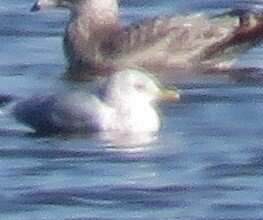
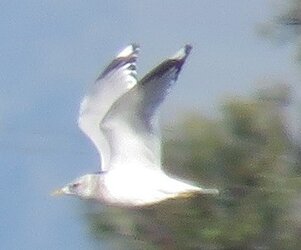
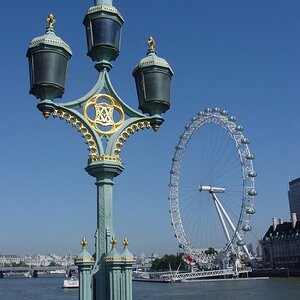
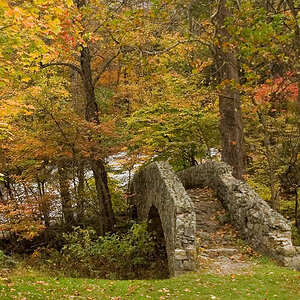
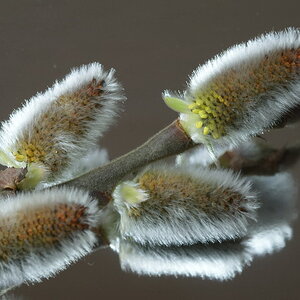
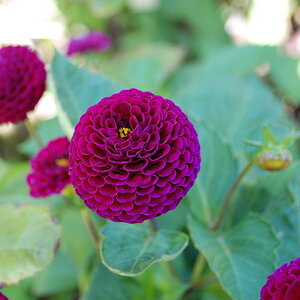
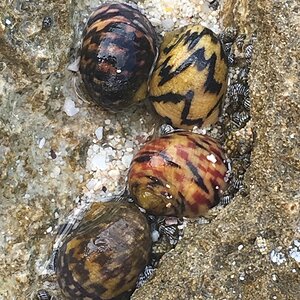
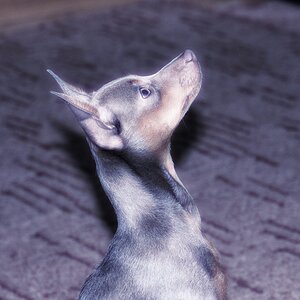
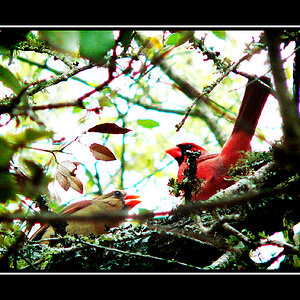



![[No title]](/data/xfmg/thumbnail/33/33494-b043d63ade80615498faca324203747a.jpg?1619736004)
